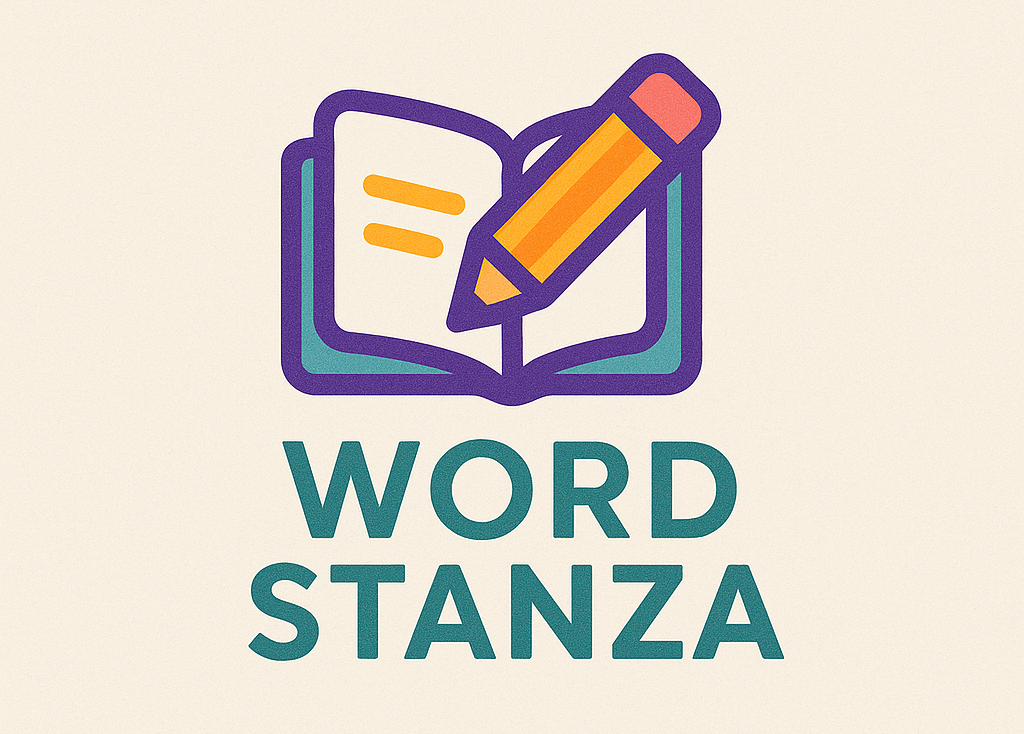If you’re new to scaled agile training, it can be a daunting task to learn at first. However, with the right guidance, it can be a rewarding process that will take your business to new heights. In this beginner’s guide, we’ll walk you through the basics of scaling agile processes and why it’s critical.
Agile methodologies have revolutionized how companies approach software development. Agile values and principles emphasize communication, collaboration, and adaptability. The approach promotes iterative improvements, allowing teams to respond quickly to change and delivering value to customers more frequently. Scaled agile training aims to extend these benefits to entire organizations, not just small teams.
So, what is scaled agile, exactly? At its core, it’s the application of agile practices across multiple teams within an organization. Scaled agile training aims to coordinate and align these teams, enabling them to deliver larger-scale projects more efficiently. This process can involve various frameworks, including Scrum, Kanban, and SAFe.
Let’s take a glance at some benefits of applying scaled Agile to your organization:
Enhanced productivity
Scaled agile training improves the organization’s productivity in several ways, such as enabling larger organizations to deliver larger projects more efficiently, reducing development timeframes, promoting continuous improvement, and faster delivery of customer value.
Better alignment of goals
Scaled agile training increases the alignment of goals across teams, reducing confusion and improving team coordination.
Enhanced communication
Scaled agile training emphasizes communication and collaboration, enabling better relationships and efficient knowledge sharing among teams, thereby reducing the potential for misunderstandings and conflicts.
Enhanced risk management
Scaled agile has an active focus on risk management, promoting an environment of learning and continuous improvement where risks can be identified and addressed proactively.
Now that we’ve seen the benefits of scaled agile, let’s explore a framework for implementation. SAFe Scaled Agile Framework is one of the most popularly used frameworks for scaled agile training. Its scalability, simplicity, and comprehensiveness make it accessible for teams both large and small.
The SAFe framework incorporates four different layers, including Portfolio management, Value Stream, Program, and Team tiers. At each level, individual roles, processes, and strategies are defined to promote smooth coordination.
The primary challenge of scaled agile training is changing the organization’s culture and working practices. It can be tough to embrace agility as it requires a considerable cultural shift. Organizations must also invest in employee training and have an understanding of the role of agile leadership, whose primary focus is on providing a vision, supporting teams, and promoting a culture of continuous improvement.
Agile methodologies have proven critical in enabling organizations to deliver high-quality projects more efficiently. If your organization is involved in software development, product management, or IT operations, mastering scaled agile processes may be the key to unlocking new opportunities for growth and success. As you embark on this journey, remember that agility is a culture and not merely a methodology- it takes time to see its results. Nevertheless, the rewards are tremendous, making the benefits worth the effort.




